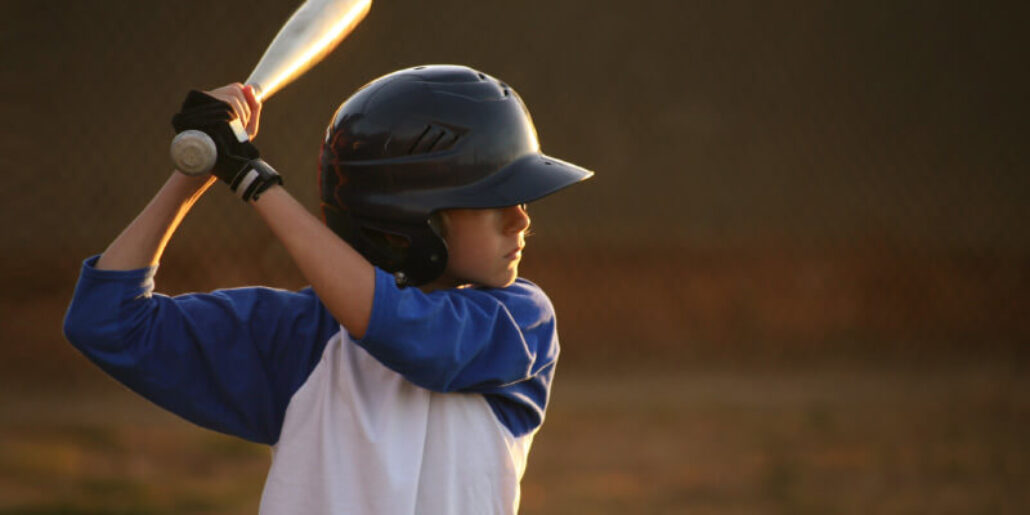Summit upper extremity surgeon J.P. Delaney, M.D., discusses how to avoid the most common baseball injuries.
Baseball, the American pastime, is synonymous with summer for many people. And the season can feel as long as a summer day, with preseason training, followed by games from late spring through early fall. Injuries to the upper extremity — the shoulder and elbow, in particular — are common in baseball. Here is what to look out for in common baseball injuries, as well as how to avoid them.
“The most common injuries in baseball are to the shoulder and elbow,” said Summit upper extremity surgeon J.P. Delaney, M.D. “The vast majority of the patients we see with baseball injuries are age 20 and younger. It’s definitely something parents should be aware of if their child plays a lot of baseball.”
Little Leaguer’s shoulder
Among the most common baseball shoulder injuries is Little Leaguer’s shoulder, which is a stress fracture of the proximal humerus growth plate. It’s a chronic overuse injury caused by throwing. “The torque on the shoulder is too much for the growth plate to withstand. Over time, the player will get a stress reaction through the growth plate,” Dr. Delaney said.
The treatment for Little Leaguer’s shoulder is to stop throwing completely for three months. Then, begin a throwing rehabilitation program that starts by helping the child master correct biomechanics. After that, the child can work on stretching distance and power over time.
SLAP tear
In older kids, or as a result of a traumatic injury, a SLAP tear (superior labral anterior posterior tear) is common. It’s an injury to the top of the shoulder, where the long head of the biceps tendon is anchored. Symptoms of a SLAP tear include shoulder pain and a “clicking” sensation in the shoulder.
Conservative treatment options may be possible, but for many young athletes who want to continue using their shoulders in sports, surgery is often recommended.
Baseball elbow injuries
Elbow injuries are common in throwing athletes because of the repetitive load on the elbow. Common baseball elbow injuries that affect younger athletes include:
- OCD lesions, where the bone underneath the cartilage begins to die
- MCL rupture/tear, where the ligament tears off the bone
How can a person avoid these common baseball injuries?
There are three things young baseball athletes can do to avoid getting injured, according to Dr. Delaney.
- Manage throwing — “This is the most important thing. Work with coaches and throwing experts to master proper form before you increase velocity,” Dr. Delaney said.
Using proper biomechanics is key to staying injury-free. Many organizations for young baseball players have implemented good throwing rules, including limiting the number of throws per game and limiting the types of throws that are used at each age.
- Be diligent about not overthrowing — Don’t be in a hurry to add speed. Speed and strength should increase together to avoid injury.
- If you develop pain, stop throwing and get evaluated — It should never hurt while you’re throwing. You can be sore after a game, but if it hurts when you’re throwing the ball, there is something wrong.
Summit Orthopedics delivers expert care by fellowship-trained sports medicine physicians to get you back in the game as quickly and safely as possible. Find your sports medicine expert, schedule an appointment online, or call us at (651) 968–5201 to schedule a sports medicine consultation.
More resources for you:
- Find out what the best basketball conditioning drills are
- Learn what common injuries occur in swimming
- Read more on how to avoid hockey overuse injuries

